Home>Furniture & Design>Living Room Furniture>How To Raise A Recliner


Living Room Furniture
How To Raise A Recliner
Published: February 11, 2024
Discover the best tips on how to raise a recliner for maximum comfort and functionality in your living room. Learn about different options and techniques to elevate your living room furniture and design.
(Many of the links in this article redirect to a specific reviewed product. Your purchase of these products through affiliate links helps to generate commission for Storables.com, at no extra cost. Learn more)
Introduction
Welcome to the world of ultimate relaxation and comfort – the realm of recliners. If you own a recliner, you already know the unparalleled joy of sinking into its plush embrace after a long day. However, over time, you may notice that your beloved recliner isn’t providing the same level of comfort it once did. Fear not! This article is your guide to reviving your recliner and restoring it to its former glory.
Whether your recliner has become less supportive, the footrest is no longer extending smoothly, or you simply want to give it a thorough cleaning, we’ve got you covered. In the following sections, we’ll delve into the nitty-gritty of recliner care and maintenance, including assessing its condition, adjusting tension springs, replacing the footrest, and essential cleaning tips.
By the time you finish reading, you’ll be equipped with the knowledge and skills to breathe new life into your recliner, ensuring that it remains your go-to spot for relaxation for years to come. So, let’s roll up our sleeves and embark on this rejuvenating journey for your beloved recliner!
Key Takeaways:
- Revive your recliner by assessing its condition, adjusting tension springs, replacing the footrest, and implementing thorough cleaning. Keep it cozy and comfortable for years to come!
- Regular maintenance, including vacuuming, spot cleaning, and lubricating mechanisms, will preserve your recliner’s pristine appearance and extend its lifespan. Enjoy ultimate relaxation in a well-cared-for recliner!
Read more: How To Raise A Bed
Assessing Your Recliner
Before diving into any maintenance or repair tasks, it’s crucial to assess the current state of your recliner. Start by inspecting the upholstery for any signs of wear and tear, such as fraying, discoloration, or stains. These issues can often be addressed through deep cleaning or, in more severe cases, by replacing the affected areas.
Next, test the reclining mechanism to ensure it functions smoothly and securely. If you notice any resistance, wobbling, or unusual noises when adjusting the recliner’s position, it may indicate a need for adjustments or repairs. Additionally, check the footrest for proper extension and retraction, as any sticking or uneven movement could point to underlying issues.
Another critical aspect to evaluate is the overall support and comfort provided by the recliner. Sit in it for an extended period, paying attention to any discomfort or sagging. If the cushioning feels uneven or the frame seems less sturdy, it’s essential to address these concerns to maintain the ergonomic integrity of the recliner.
Furthermore, inspect the frame and base for any signs of damage, such as cracks, loose screws, or bent components. These structural issues can compromise the safety and stability of the recliner, necessitating prompt attention to prevent further deterioration.
By thoroughly assessing these key elements of your recliner, you’ll gain valuable insights into its condition and pinpoint areas that require your focus. Armed with this knowledge, you can proceed to address specific issues and ensure that your recliner remains a haven of comfort and relaxation.
Adjusting the Tension Springs
Tension springs play a pivotal role in the smooth operation of a recliner, providing the resistance needed to support various reclining positions. Over time, these springs may lose their elasticity or become misaligned, leading to issues such as difficulty in reclining, uneven tension, or a lack of adequate support. Fortunately, adjusting the tension springs can help restore your recliner’s functionality and comfort.
To begin, locate the tension springs within the recliner’s frame. This may require flipping the recliner onto its side or back to access the underside. Once you have a clear view of the springs, inspect them for any signs of damage, such as corrosion, deformation, or excessive wear. If the springs appear compromised, it’s advisable to replace them with new ones to ensure optimal performance.
If the springs seem intact, but the recliner’s tension feels off, you can proceed with adjusting them. Most recliners feature adjustable tension settings, typically accessible through the underside of the frame. Using the appropriate tools, carefully tighten or loosen the tension springs based on your comfort preferences and the manufacturer’s guidelines.
It’s important to make gradual adjustments and test the recliner’s functionality after each tweak to ensure that the tension aligns with your desired level of support and ease of reclining. Keep in mind that over-tightening the springs can lead to excessive resistance, while insufficient tension may result in a lack of support during reclining.
Once you’ve achieved the ideal tension balance, secure the adjustment mechanisms and conduct a thorough test by reclining in various positions. Pay attention to the smoothness of movement and the support provided, making any additional adjustments as needed to fine-tune the tension to perfection.
By mastering the art of adjusting tension springs, you can breathe new life into your recliner, ensuring that it delivers the optimal blend of comfort and support for your well-deserved moments of relaxation.
Replacing the Footrest
The footrest of a recliner is a crucial component that enhances comfort and relaxation, providing a supportive platform for your legs and feet. Over time, the footrest may experience wear and tear, leading to issues such as sticking, uneven extension, or structural damage. If your recliner’s footrest is showing signs of deterioration, replacing it can rejuvenate the entire reclining experience.
To embark on the footrest replacement process, start by carefully examining the current footrest for any visible damage, such as cracks, tears in the upholstery, or malfunctioning extension mechanisms. If the issues are confined to specific components, such as the upholstery or hinges, you may be able to address them through targeted repairs. However, if the damage is extensive or compromises the structural integrity of the footrest, a complete replacement is the most effective solution.
Before proceeding, consult the recliner’s manual or manufacturer’s guidelines to understand the specific steps involved in replacing the footrest. This will provide valuable insights into the disassembly process, the type of replacement footrest required, and any specialized tools or techniques recommended for the task.
Once you have the replacement footrest and are equipped with the necessary knowledge, carefully disassemble the existing footrest, taking note of the arrangement and orientation of the components. Keep track of any screws, bolts, or fasteners removed during the disassembly process to facilitate the reassembly of the new footrest.
When installing the replacement footrest, ensure that each component aligns accurately and securely, avoiding over-tightening or misalignment that could impede its smooth operation. Test the functionality of the new footrest by extending and retracting it multiple times to verify that it moves seamlessly and provides the desired level of support.
Upon successful installation, take a moment to revel in the rejuvenated comfort and functionality of your recliner’s new footrest. With this essential component revitalized, your recliner will once again become the ultimate haven for relaxation, inviting you to unwind and indulge in moments of pure comfort.
Cleaning and Maintenance
Maintaining a clean and well-kept recliner not only enhances its visual appeal but also contributes to its longevity and overall comfort. Regular cleaning and maintenance routines are essential to preserve the upholstery, prevent the buildup of dirt and grime, and ensure that the recliner remains a hygienic and inviting retreat. Here’s a comprehensive guide to keeping your recliner in top-notch condition.
Read more: How To Raise A Showerhead
1. Vacuuming and Spot Cleaning
Start by vacuuming the entire surface of the recliner, including the cushions, crevices, and seams, to remove loose dirt, crumbs, and debris. Use a soft brush attachment to gently agitate the upholstery and dislodge any embedded particles. For spot cleaning, refer to the manufacturer’s recommendations for suitable cleaning solutions that won’t compromise the fabric or leather. Always perform a patch test in an inconspicuous area before applying any cleaning agents to ensure compatibility.
2. Upholstery Refreshing
To revitalize the upholstery and eliminate odors, consider using fabric or leather refreshers designed specifically for recliners. These products help neutralize odors, restore freshness, and maintain the fabric’s or leather’s natural luster, enhancing the overall appeal of the recliner.
3. Lubricating Mechanisms
For recliners with mechanical components, such as swivel bases or reclining mechanisms, periodic lubrication is essential to ensure smooth operation. Use manufacturer-recommended lubricants to grease the moving parts, hinges, and joints, preventing squeaks and maintaining optimal functionality.
4. Protecting and Conditioning Leather
If your recliner features genuine leather upholstery, regular conditioning is vital to prevent drying, cracking, and fading. Apply specialized leather conditioners to nourish the leather, maintain its suppleness, and safeguard it against environmental elements.
Read more: How To Raise A Pergola
5. Preventive Measures
To safeguard your recliner from spills, stains, and excessive wear, consider using protective covers or throws, especially in households with children or pets. These accessories provide an additional layer of defense, preserving the pristine condition of the recliner’s upholstery.
By incorporating these cleaning and maintenance practices into your recliner care routine, you can uphold its pristine appearance, extend its lifespan, and ensure that it remains an inviting sanctuary of comfort and relaxation for years to come.
Conclusion
Congratulations on embarking on the journey to revitalize your recliner and restore it to its former glory. By assessing its condition, adjusting tension springs, replacing the footrest, and implementing thorough cleaning and maintenance, you’ve taken proactive steps to ensure that your recliner remains a cherished oasis of comfort and relaxation.
As you pamper your recliner with care and attention, you’re not only enhancing its visual appeal and functionality but also preserving its longevity. A well-maintained recliner becomes more than just a piece of furniture – it becomes a faithful companion, offering solace and respite during life’s hectic moments.
Remember, the key to maintaining your recliner’s allure lies in regular upkeep and prompt attention to any signs of wear, ensuring that minor issues are addressed before they escalate. By incorporating the cleaning and maintenance practices outlined in this guide into your routine, you’ll safeguard your recliner’s comfort and elegance for years to come.
So, the next time you sink into the plush embrace of your recliner, you can do so with the assurance that it has been lovingly cared for and rejuvenated, ready to cocoon you in unparalleled comfort. Here’s to many more moments of relaxation and tranquility in the company of your revitalized recliner!
Frequently Asked Questions about How To Raise A Recliner
Was this page helpful?
At Storables.com, we guarantee accurate and reliable information. Our content, validated by Expert Board Contributors, is crafted following stringent Editorial Policies. We're committed to providing you with well-researched, expert-backed insights for all your informational needs.

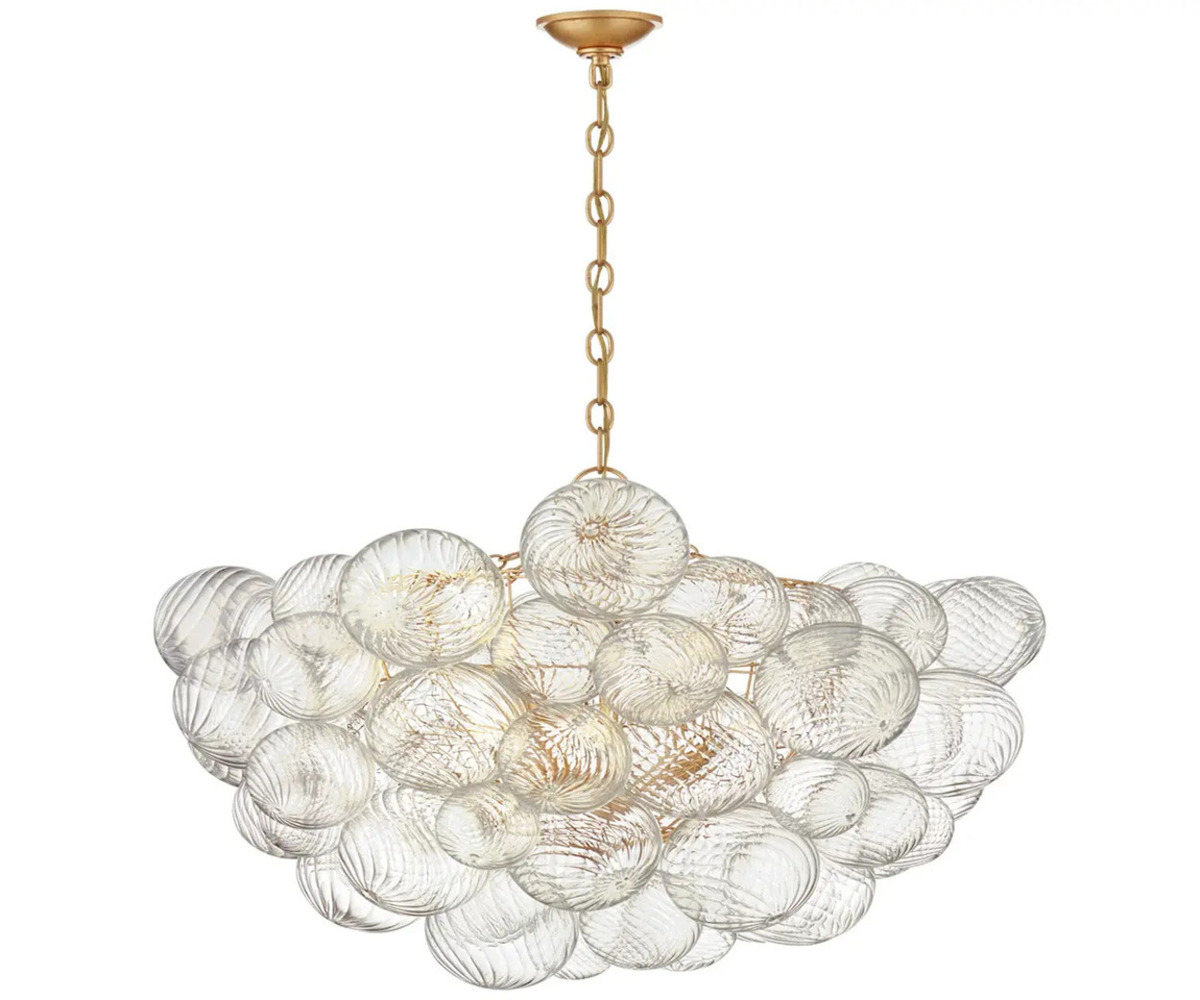
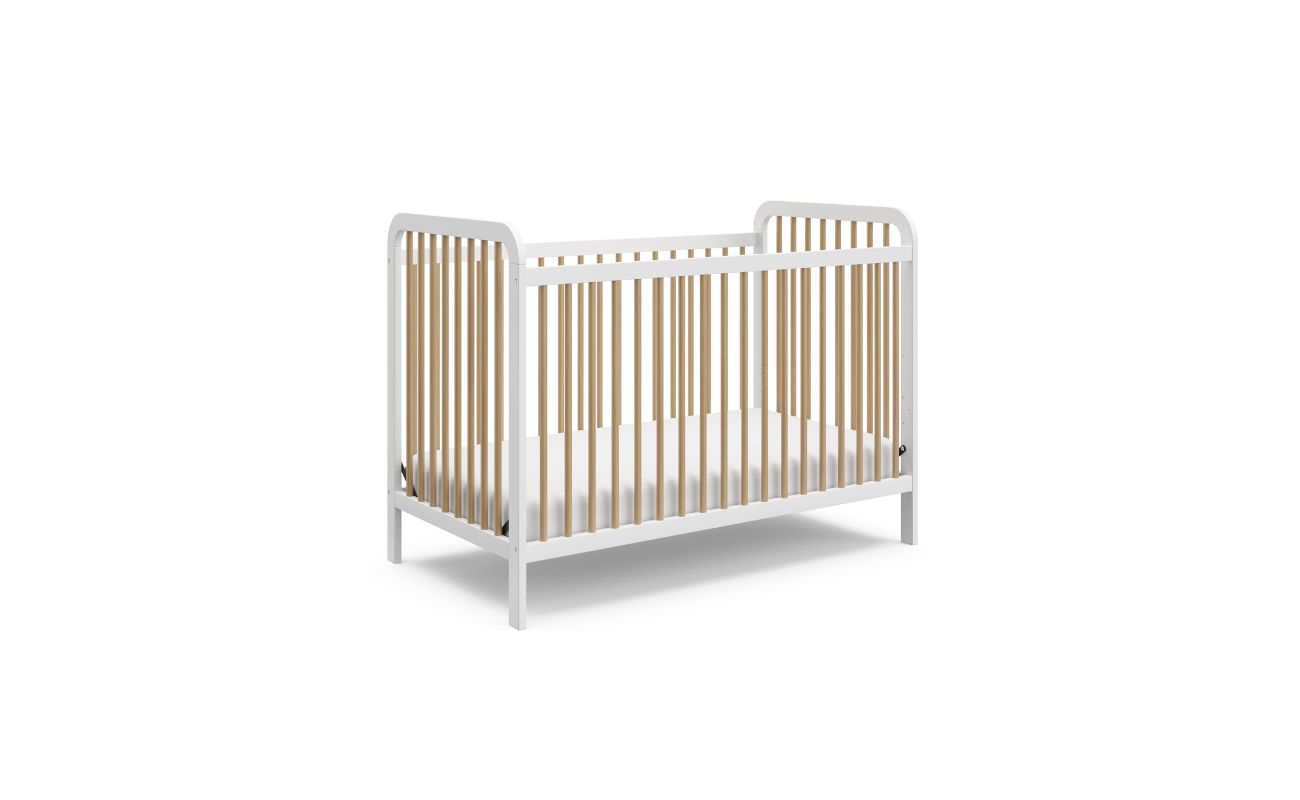
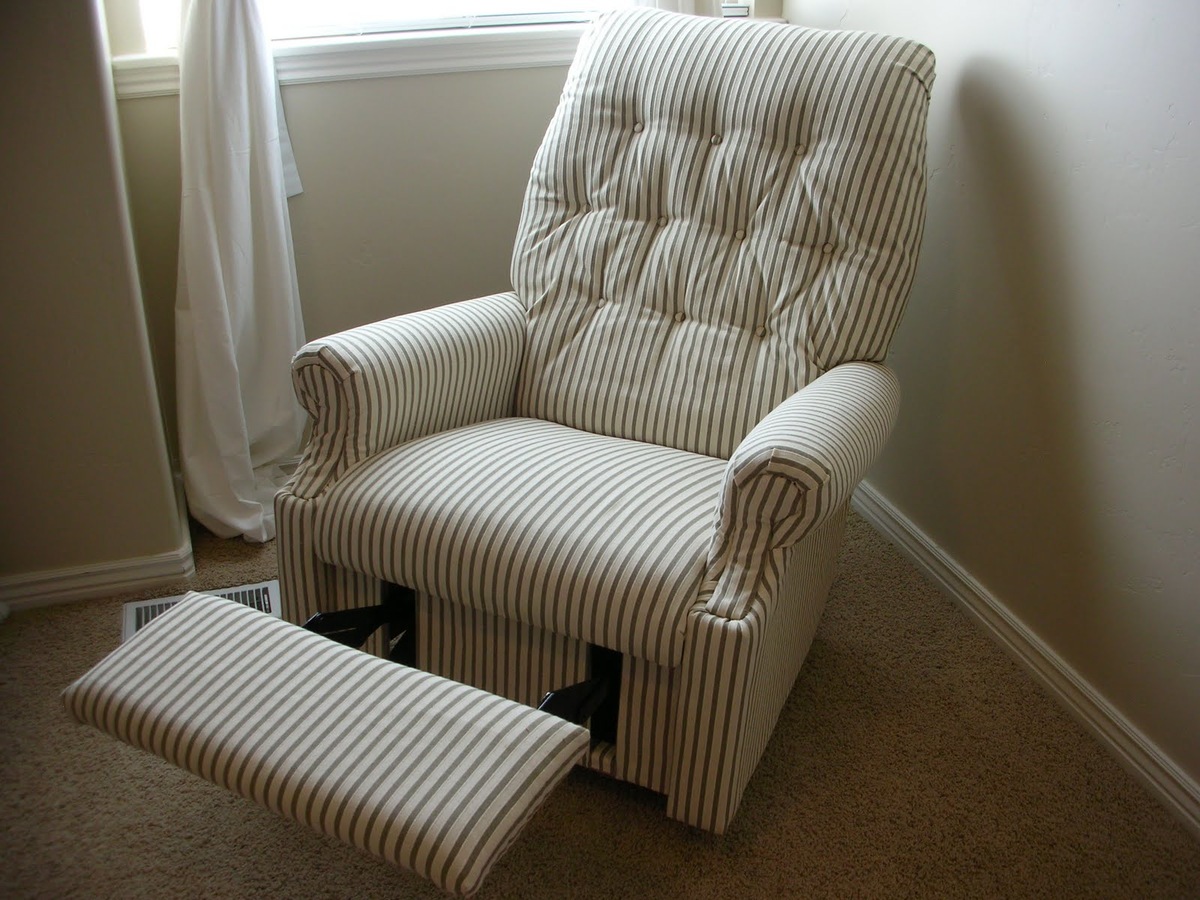
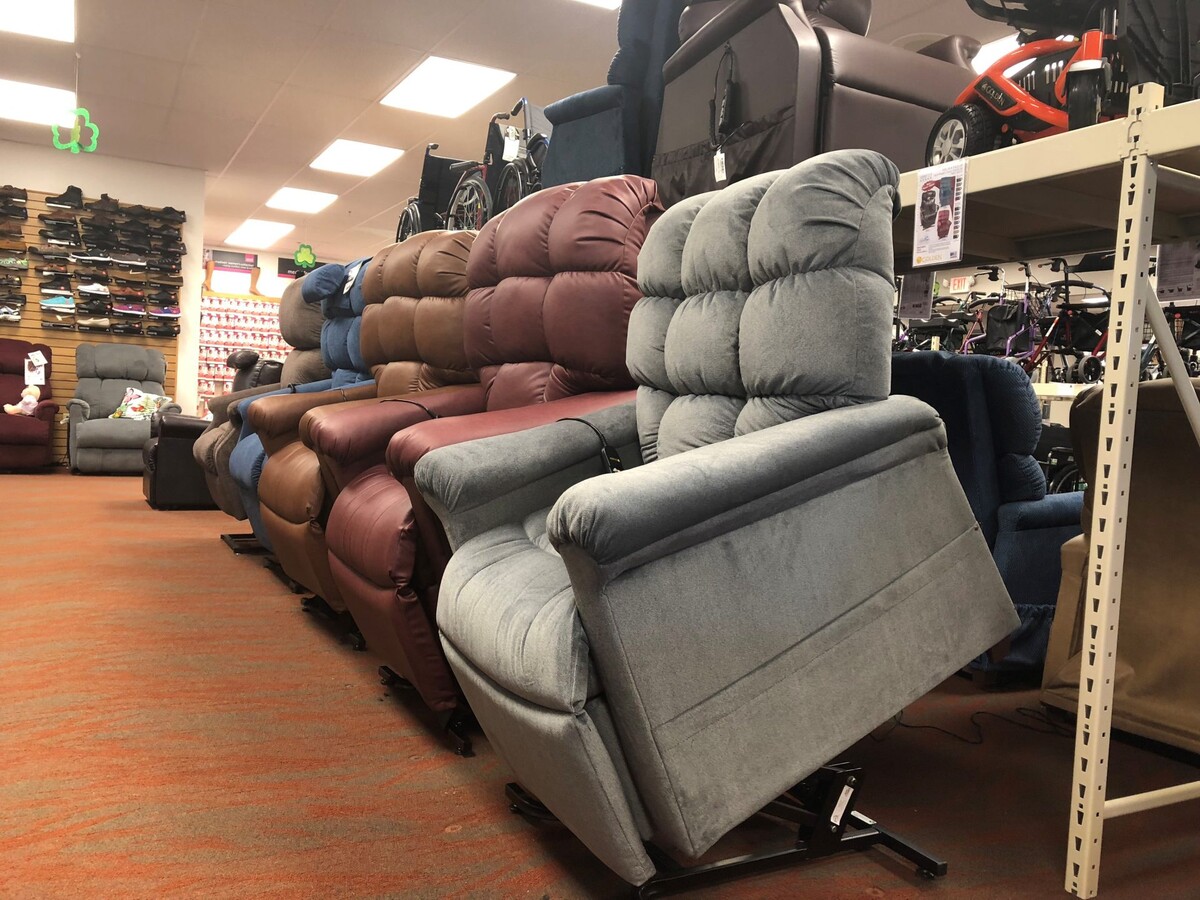



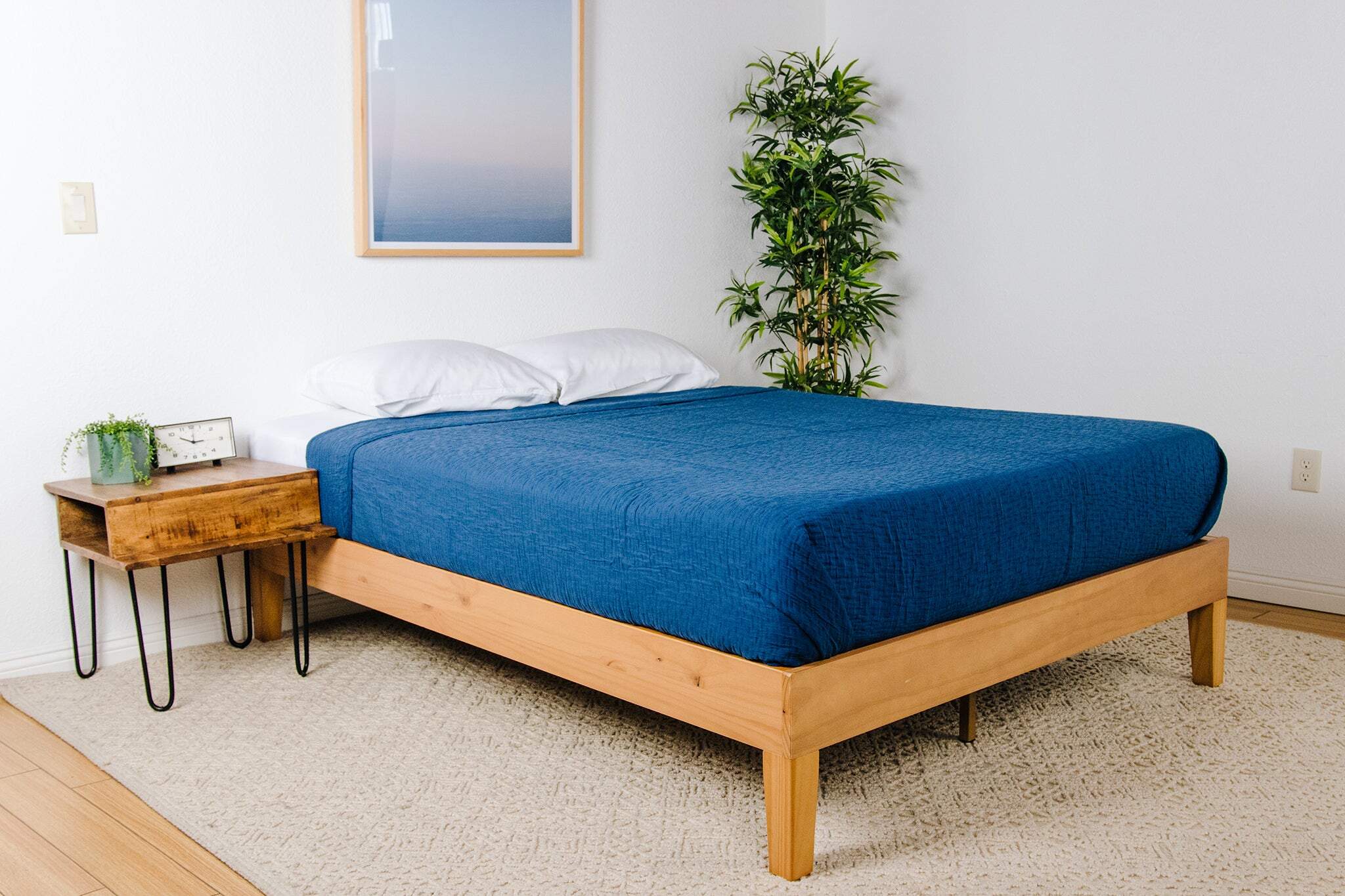
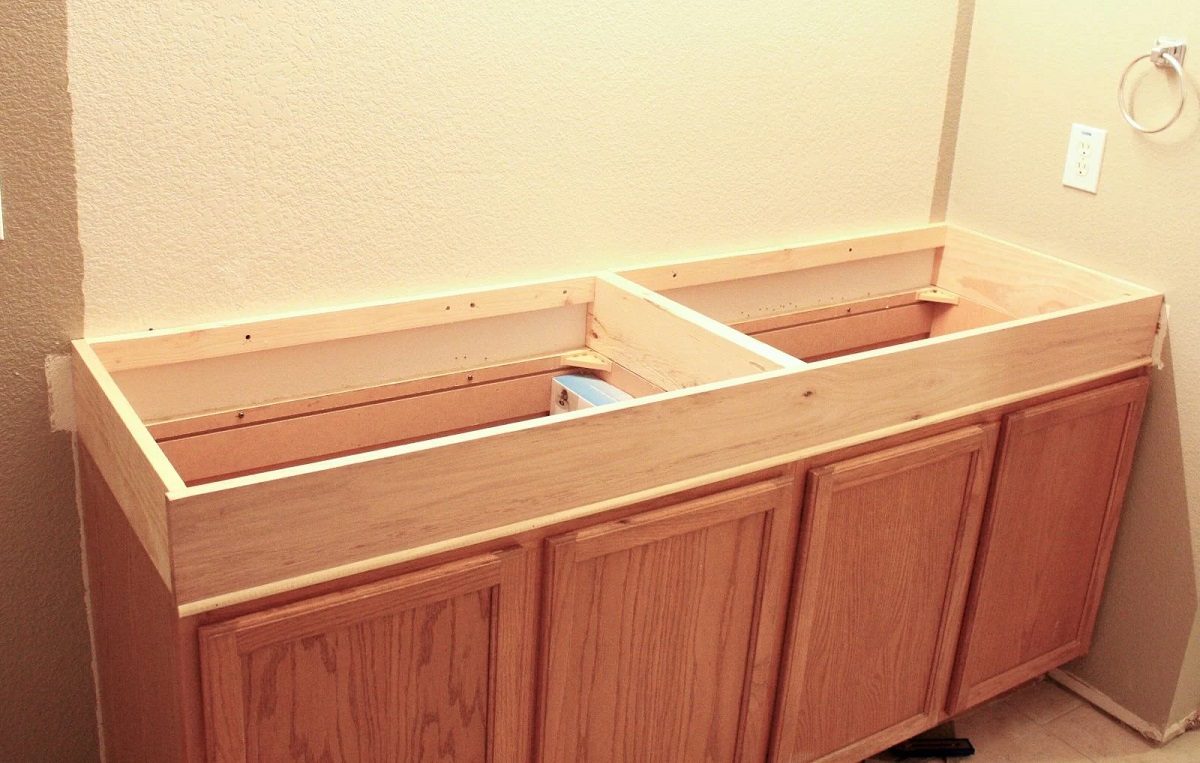
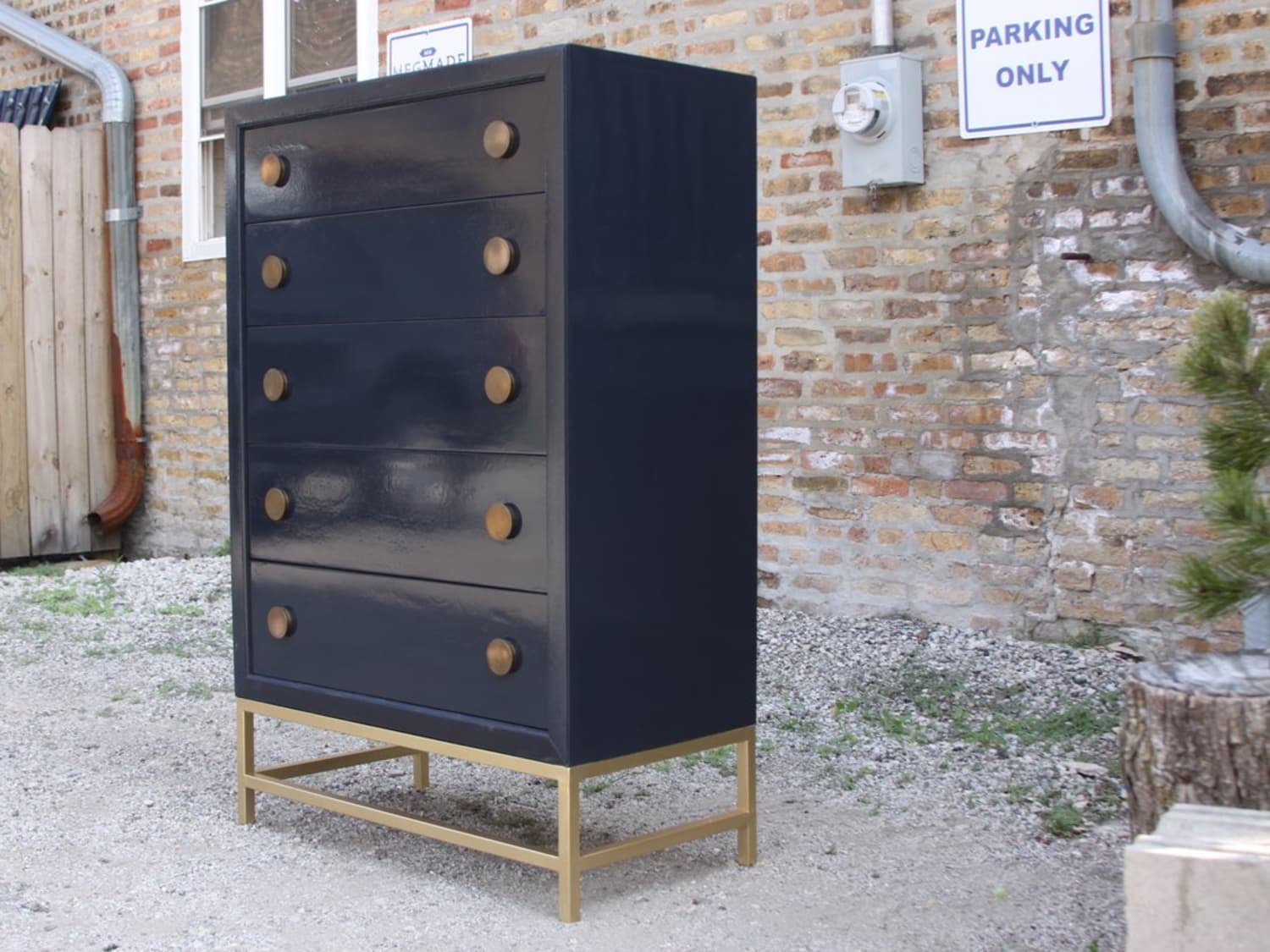
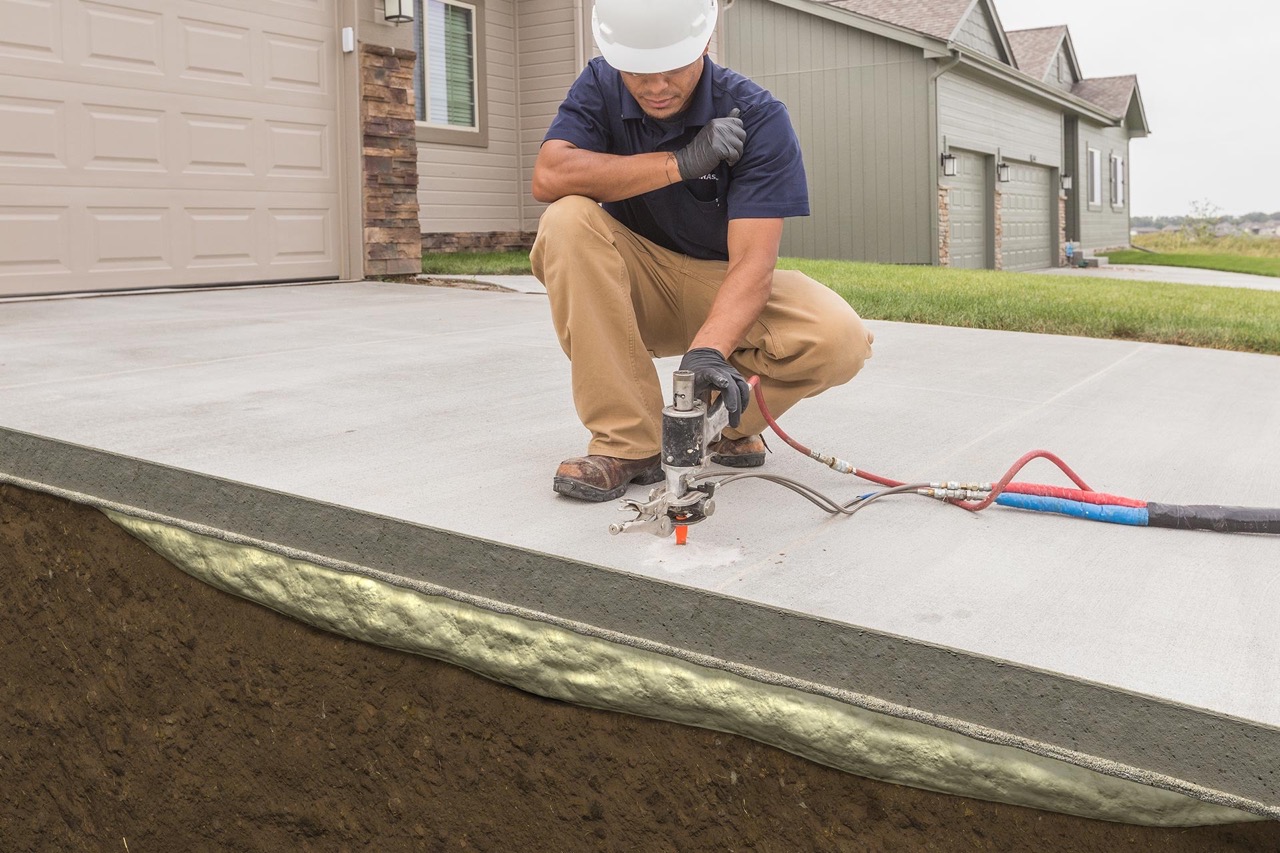
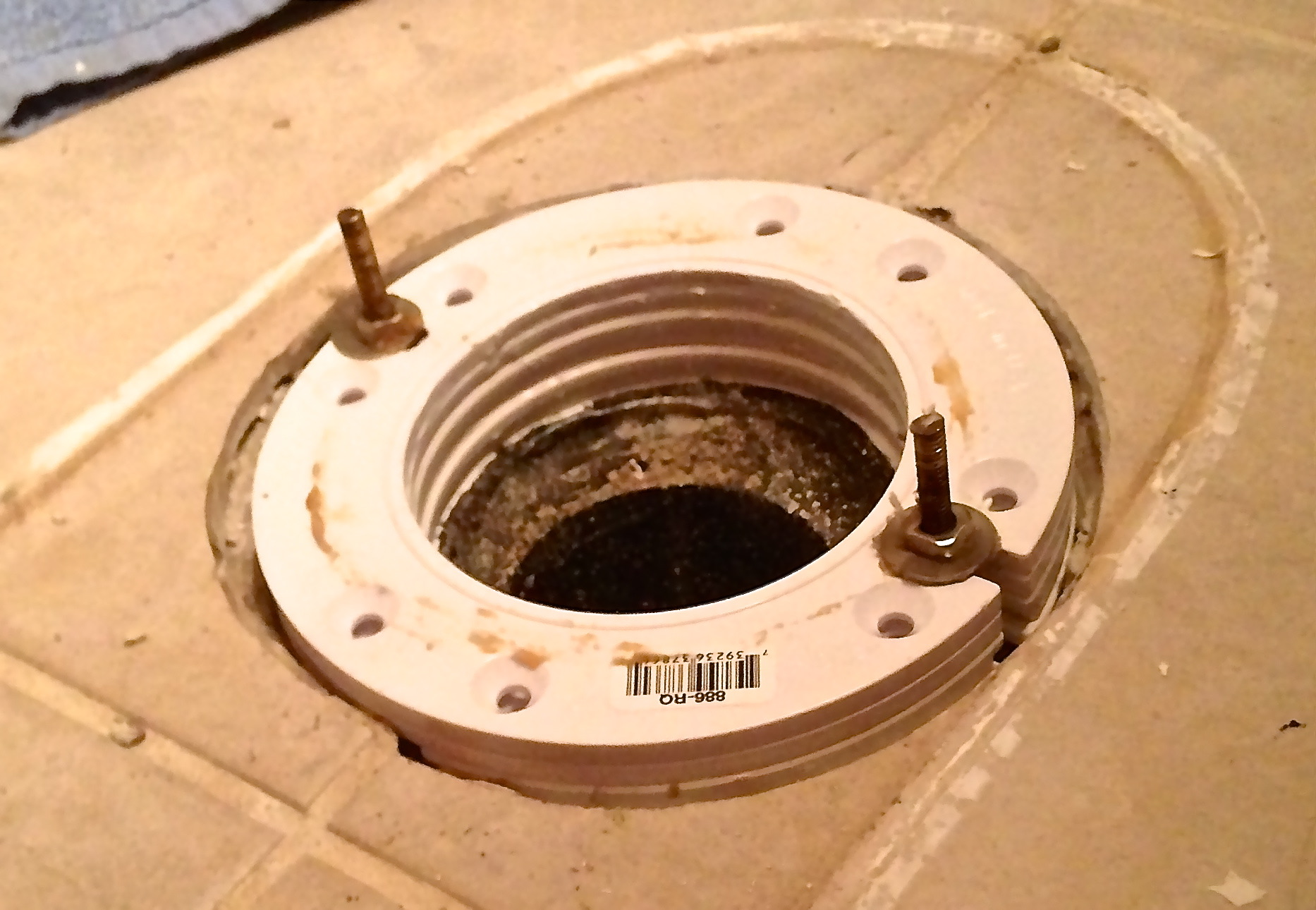

0 thoughts on “How To Raise A Recliner”